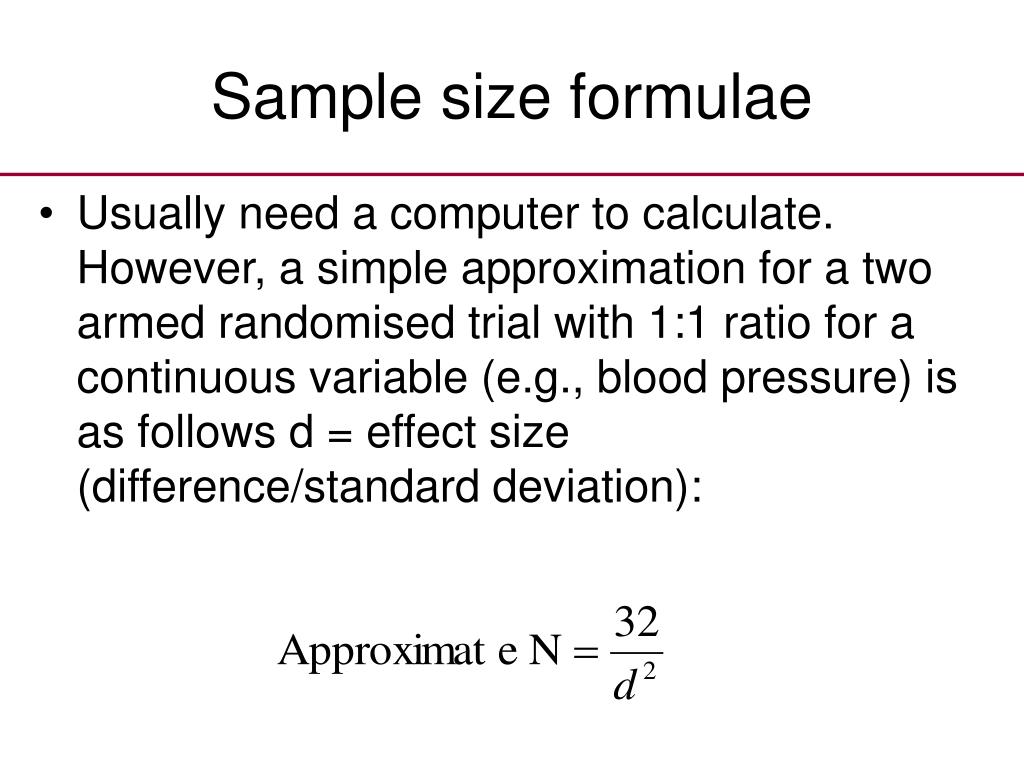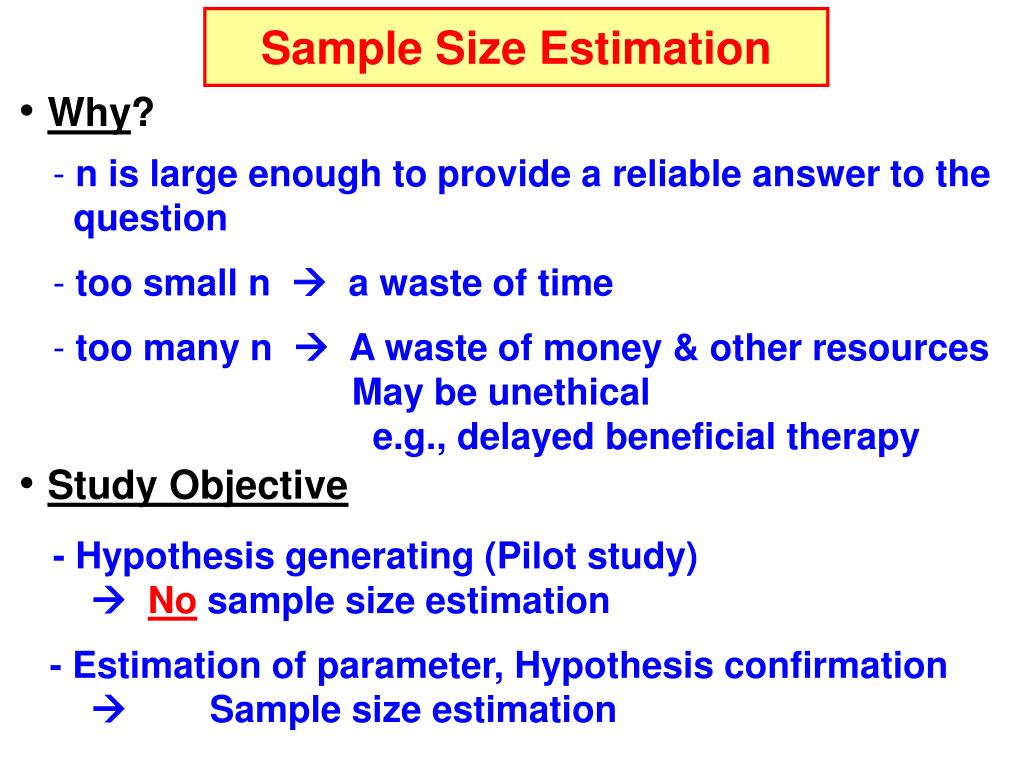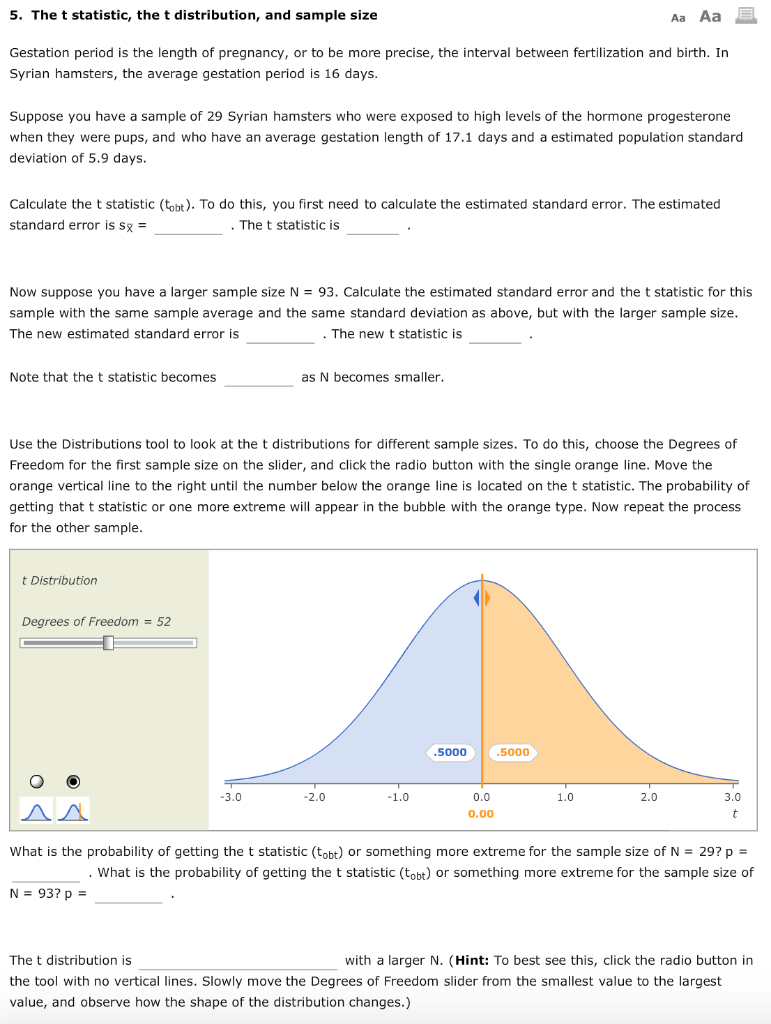

However, when you get the surveys back, you only receive 60 responses. The goal of the survey may be more relevant to a single time point or program, and the results are less about generalizability and more about getting direct feedback from a program.įor example, when evaluating staff satisfaction using a survey, you may have a population of 100 and an estimated population size of 80 (assuming a 95% confidence level, 50% population proportion, and 5% margin of error). And perhaps generalizing to the general population is not necessary. The feedback on a survey can provide valuable insights, regardless of statistical significance. While this may limit the statistical power of any statistical tests run on the data, it does not negate the data. There will be times when you are unable to get the desired estimated sample size.

Does this mean that your data are not valuable? Not at all. However, sometimes these sample sizes will not be met due to logistics, ethics, or some other external constraint. Sample sizes should be large enough to get accurate, statistically significant results, yet small enough to not overburden the project.Įstimating a statistically significant sample size will help improve the validity of your analysis and results. However, selecting the appropriate sample size is not as simple as choosing a random number. Increased likelihood of accepting the correct hypothesisĮthical concerns (i.e., is it ethical to collect data from thousands of people where dozens or hundreds would suffice?) Sampling is more reproducible (e.g., resampling likely to produce similar results) Less variability (e.g., outliers less likely to skew results) Increased likelihood of accepting a false hypothesis (i.e., smaller sample sizes may detect significant differences in the data where no significant difference exists within the population) Sampling is less reproducible (e.g., resampling less likely to produce similar results) Increased variability (e.g., outliers may skew results) On the other hand, large sample sizes are more likely to produce better statistical results but come at the cost of increased resource use and, potentially, ethical concerns from sampling more people or subjects than necessary. Small sample sizes are more variable and increase the likelihood of rejecting a hypothesis (i.e., fail to detect differences). Generally, small sample sizes are less representative of the population of interest. Sample sizes are important for detecting statistically significant outcomes from your data. The number of samples taken from a population is effectively the sample size. These samples should be large enough to detect statistical differences within the data, but small enough as to not drain all program resources.


That is why smaller samples are taken from populations. In most instances, sampling an entire population is not feasible. Therefore, we would take a random sample of staff across the organization in hopes that the sample is representative of the population. Using the example above, if the organization employs hundreds of employees, it may be difficult to survey all staff. SampleĪ sample is one or more observations (i.e., samples) taken from a population. Further, if we were interested in staff engagement within the marketing department of the same organization, our population now becomes all marketing department employees. For example, if we are interested in staff engagement within an organization, the population would include all staff within said organization. Before getting to the calculation of sample sizes, we need to first be clear on the difference between a population and a sample.Ī population includes all observations, or members, within a group of interest.


 0 kommentar(er)
0 kommentar(er)
